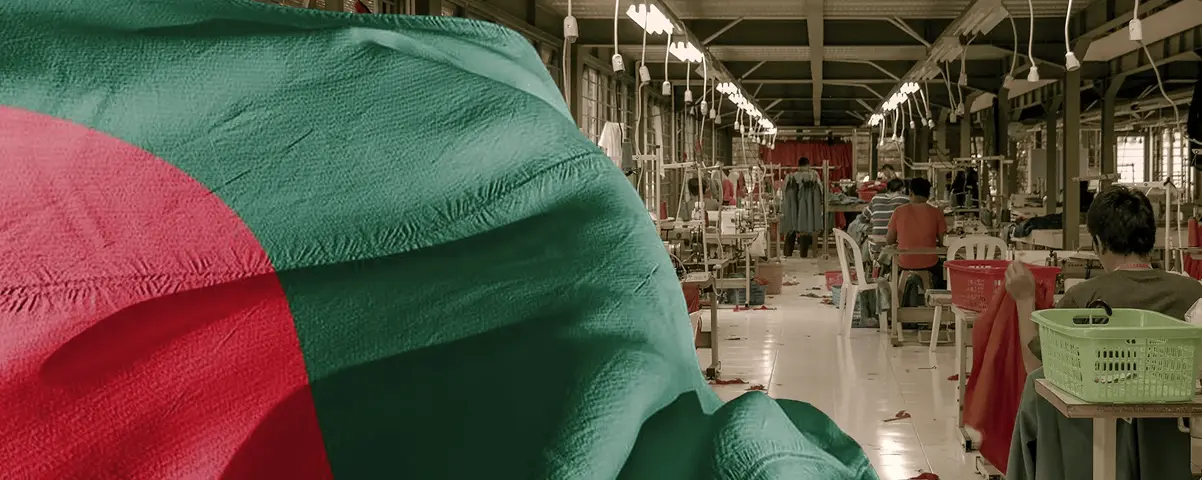Saif
Senior Operative
- 13,311
- 7,274
- Origin

- Axis Group

- Copy to clipboard
- Thread starter
- #9
How Bangladesh Became a Global Textile Hub
Follow along with the video below to see how to install our site as a web app on your home screen.

Note: this_feature_currently_requires_accessing_site_using_safari















Loading...